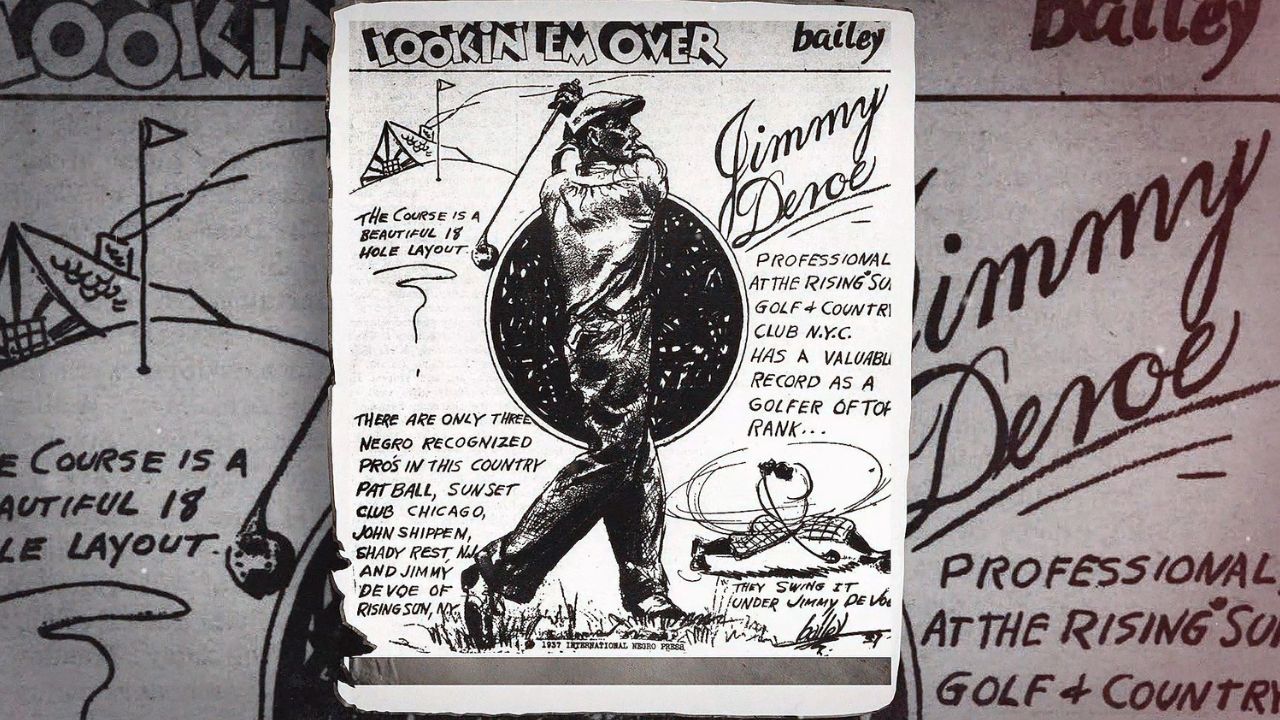Bay Area man uses 3D printer for good in hopes of restoring coral reefs impacted by climate change

OAKLAND, Calif. -- A Bay Area design technologist is using 3D printing and calcium carbonate to help restore coral reefs and marine biodiversity that has been impacted by climate change.
Coral reefs are currently threatened by pollution, overfishing, and climate change.
According to SECORE International, fifty-percent of the world's coral reefs have died in the past three decades. Ninety-percent of coral reefs could die within the next century.
"Coral reefs were a really interesting challenge for me. I kind of fell into in a little bit of an accident," said Alex Schofield, design technologist of Objects and Ideograms. "I had a friend who said 'hey, do you think you can 3D print coral?"
Since 2019, Schofield has combined his knowledge in computational design and coral research to create complex surfaces of calcium carbonate in his design workshop, Objects and Ideograms.
Coral skeletons are made from limestone also known as calcium carbonate.
Twenty-five percent of marine life depends on coral reefs, according to the United States Environmental Protection Agency.
The calcium carbonate is ground down to a fine powder that is inserted into the 3D printer
"The 3D printer builds it (calcium carbonate skeleton) layer by layer," said Schofield. "Its actually something that is very textural. There's a lot of variation in it. There is a lot of nooks and crannies."
In conjunction with California College of the Arts, Objects and Ideograms has attached the 3D printed substrates to the Buoyant Ecologies Float Lab in the San Francisco Bay.
The Float Lab is an environmental demonstration project and research platform created by architects and designers.
"We get a very interesting and diverse amount of things that grow," said Schofield. "We have seen baby oysters that begin to grow. There was a tiny crab that was living in there. There are all sorts of different kind of algae and microorganisms that are there that actually create a lot of the food and environments that support things like fish and oysters."
The 3D printed calcium carbonate can take on many forms to accommodate a wide variety of aquatic organisms and provide a diverse underwater ecosystem.
"I hope that this work can actually find a lot of use in the wild and applications," said Schofield. "That doesn't mean just me printing a bunch of things myself. It means other people printing things. It means a lot of scientists, a lot of people on the ground who are actively doing work taking these and putting them out into the wild and actually having coral have a lot of benefit in that it has a home to begin to grow into."
For more information, visit The Objects and Ideograms Workshop.










